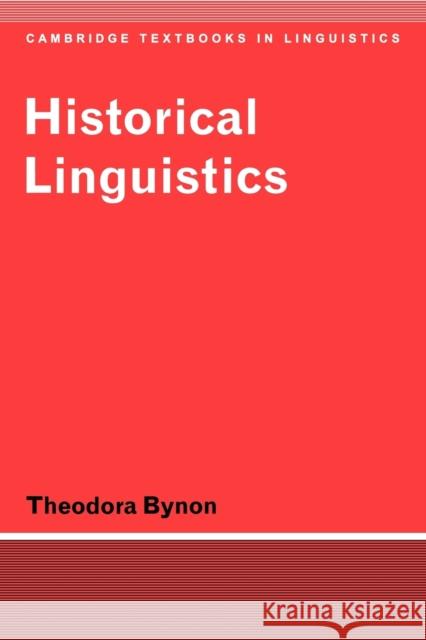Historical Linguistics » książka
Historical Linguistics
ISBN-13: 9780521291880 / Angielski / Miękka / 1977 / 324 str.
Historical Linguistics is concerned with the process of language change through time. It investigates how and why the language of individuals, a social group or a whole 'speech community' develops in respect of its pronunciation, vocabulary and grammar. Dr Bynon regards language as essentially a dynamic phenomenon, whose character can be at best only partly understood by a static, and necessarily idealized, synchronic approach. In Part I she establishes the theoretical framework by providing a systematic survey of the three main models of language development - the neogrammarian, structuralist, and transformational generative. Examples drawn substantially from English and German, but also from classical languages, French, Welsh and a variety of others, are used to explain and compare these approaches. In Part II she turns to sociolinguistics and shows how changes within a language over a period of time, and changes brought about by contact between languages, are both indicators and agents of more general cultural developments. Accounts of bilingualism and of pidgin and Creole languages are included as well as wider-ranging examples of different kinds of borrowing such as loan words, loan translations and extensions of meaning. The student is provided with a practical and critical guide both to what has been done and what can be done to discover and verify these linguistic relationships. Designed primarily as a textbook for linguistics and philology students, this book will also be of interest to those studying English language, classics and modern languages.











